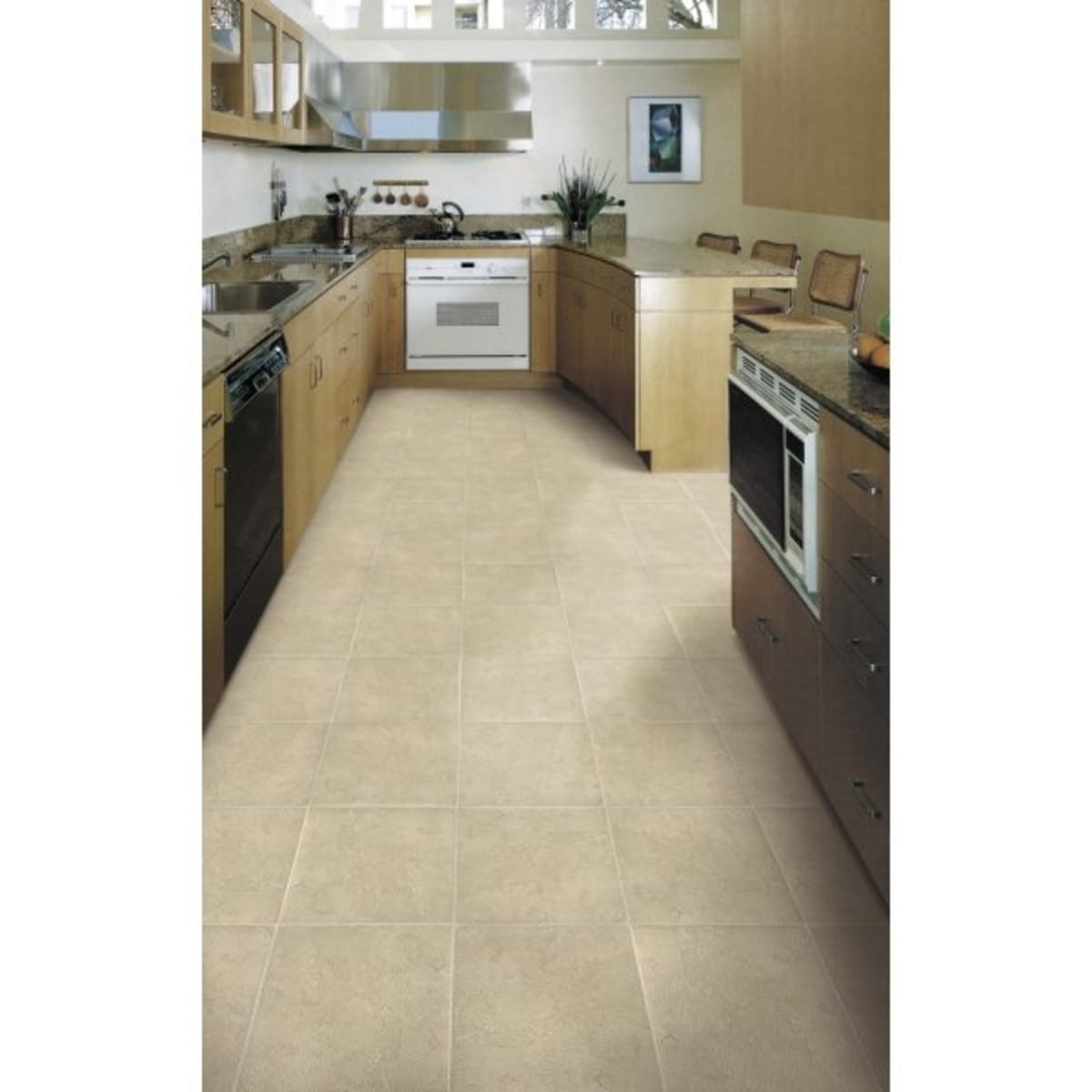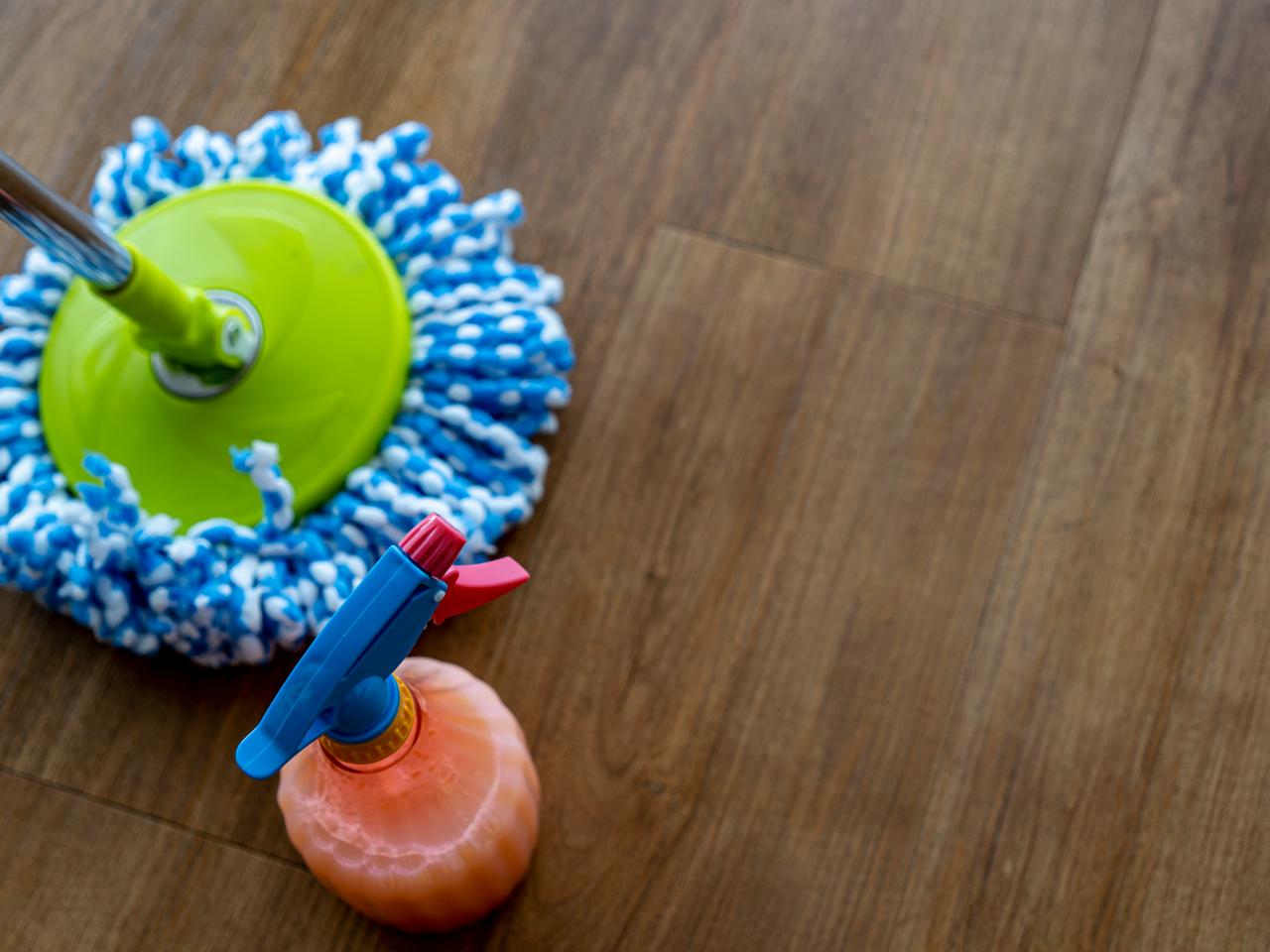Bamboo Flooring Review: Pros and Cons
Bamboo Flooring Review: Pros and Cons
Blog Article
Just how do you actually feel on the subject of Luxury Vinyl Care & Maintenance?

Bamboo flooring is well-known for numerous property owners due to its benefits. It has actually come to be the significant choiced floor for service as well as house owners whenever there is requirement for sustainability.
Bamboo just like timber, is susceptible to dents and breaking when humidity levels vary.
So are you thinking about bamboo flooring for your home? After that, matter yourself lucky because this post will reveal you every little thing you need to understand. We will certainly review its functions to think about. We will also review the different sorts of bamboo flooring offered on the market. Maintain reading!
Sorts Of Bamboo Flooring
There are 3 basic choices: strand-woven, vertical, and straight. Property owners can select which kind of bamboo flooring to get based on their characteristics. The purchaser's intended visual impacts the picked Bamboo flooring type.
Solid - Upright Bamboo Flooring
Slim strips of completely dry bamboo wood glued vertically and also pressed making use of high warm as well as stress create this sort of bamboo flooring.
The thinnest side of the bamboo planks will certainly remain in an upright form. After that, a company bonding, pressing, and lamination will comply with. Because of their approach of signing up with, the bamboo strips feature a narrow grain pattern.
The advantage concerning this sort of bamboo flooring is that it is very budget friendly and long lasting. Likewise, it provides a elegant and sophisticated flooring coating. But it is not extensively offered.
Strong - Straight Bamboo Flooring
You will observe that this kind is nearly the same as upright bamboo flooring. It has a small variation. Horizontal bamboo is one of the most popular types of bamboo flooring.
It is made by drying big strips of bamboo, slicing these larger items right into thinner strips, and after that gluing them to form slabs. The boards will certainly then undergo pressure and also warm to ensure they are well attached.
All-natural bamboo has a lighter color. While carbonized bamboo will certainly be much less tough than normal bamboo, if you require a darker shade, it might do you great.
Strand Woven Bamboo Flooring
Shredding the bamboo to extract the fibers is one of the much more enticing steps in producing strand-woven bamboo floorings.
The bamboo fiber is often blended with an adhesive after it's made to a pulp. The product is after that weaved as well as pressed together under terrific heat, as the name recommends.
After making horizontal and upright bamboo, the strips serve to create strand woven bamboo. The eco-conscious customer may find this attribute appealing. The reason is that it guarantees that the entire bamboo stalk generates really little waste.
Engineered Bamboo Flooring
Both solid and engineered bamboo flooring alternatives are readily available. As soon as the bamboo wood fits, it isn't very easy to distinguish between them.
Yet their distinctions are due to their production. For instance, engineered bamboo wood has a thin plywood backing.
However, whether engineered or solid, bamboo flooring is durable, resilient, and also attractive.
Engineered bamboo flooring uses the floating wood floor over a thin foam base. They may likewise remain in the kind of wide planks. For instance, they are offered in widths approximately 19 centimeters.
Functions And What to Remember When Picking Bamboo Flooring
With a multi-layered layer, bamboo flooring will certainly be quite resilient. Maintain in mind that future touch-ups may need a much more experienced flooring professional.
Using your surface will make matching fixings simpler once set up in your home. The surface will certainly not last as long as manufacturing facility finishes.
Aside from that, below are some interesting features of bamboo flooring.
Sturdy
Bamboo flooring is not created equivalent. There are many kinds of bamboo, and also the numerous methods made use of to transform it right into planks impact its sturdiness.
Bamboo, like hardwood flooring, can become prone to tear and also use over time. Also, scratching, splitting, and also other wear and tear might take place. You can additionally sand some bamboo to resemble hardwood, however not all.
Affordable Maintenance
You can keep bamboo flooring in good condition by cleaning and damp wiping. Regardless of being more susceptible to scratches, bamboo flooring is really simple to maintain.
You may get bamboo floorings that are comparable to brand-new by sanding them down and applying a fresh coat of paint.
Eco-Conscious
This flooring originates from a natural plant called the bamboo plant. So when contrasted to various other tree types utilized to make hardwood flooring, bamboo grows more as well as much faster.
Profits
It's easy to understand why bamboo flooring has actually become a lot more well-liked nowadays. For nearly any kind of residence, bamboo supplies several strong and sound services for the environment. Bamboo floor may be the ideal option for updating your flooring.
We will certainly additionally discuss the different types of bamboo flooring readily available on the market. House owners can pick which type of bamboo flooring to get based on their characteristics. Straight bamboo is one of the most popular kinds of bamboo flooring.
While carbonized bamboo will be much less tough than routine bamboo, if you require a darker shade, it might do you excellent. After making vertical and also horizontal bamboo, the strips offer to create strand woven bamboo.
Bamboo Flooring
Manufacture of Bamboo Flooring
Stranded bamboo is made by shredding the bamboo stalks into small strands, which are compressed into sheets using heat and resin binders, then cut into planks to use as building materials. This form of flooring is available both as tongue-and-groove planks that are nailed down, as well as planks that float over the underlayment. This is a premium form of bamboo flooring, available in many colors.
Horizontal bamboo flooring is manufactured by cutting the strands into thin strips which are then glued together to form planks. This type of flooring has a "grain," since the long stalk fibers are visible in the flooring. This type of bamboo is not as hard or durable as stranded bamboo, but it can have a very striking appearance. It, too, is available both in nail-down planks and as floating floor planks.
Engineered bamboo flooring is made by bonding a thin layer of bamboo onto a plywood or MDF core. This flooring is comparable to engineered hardwood and is installed in the same way—usually with click-lock planks that float over a foam underlayment. It is the least expensive (and least durable) form of bamboo flooring, and it cannot be refinished.
Unless it is stained, most bamboo flooring has a natural blonde or amber color that resembles unfinished maple or birch, but darker tones are available through a process called carbonizing, which entails subjecting the planks to high temperatures. While the color can be very attractive, carbonized bamboo is softer than uncarbonized forms, and is more susceptible to scratching.
Eco-Friendliness
Environmentally conscious consumers are often drawn to bamboo as a wholly renewable resource. Unlike the hardwood lumber industry, where trees can take decades to mature, bamboo stalks grow so fast that there is little environmental liability to the harvest practices. Moreover, bamboo stalks that are cut simply continue to grow and replenish themselves so that they can be harvested.
But the manufacturing process creates other environmental concerns. Bamboo floor planks are manufactured by slicing or shredding the stalks of bamboo grass plants and then compressing the pulp back together using heat, pressure, and a resin-based adhesive identical to those used in many other flooring products. This adhesive often contains urea-formaldehyde that can outgas into the air.1
The level of adhesive used and the amount of toxins emitted will vary, depending on how the bamboo planks are manufactured. Cheaper products may contain more formaldehyde, while more expensive products may use alternative materials in the resins. The amount of formaldehyde used in bamboo flooring is similar to that found in engineered hardwood flooring or MDF sheathing, and it tends to be a problem only for sensitive individuals.2 But if this concerns you, look for bamboo products labeled as formaldehyde-free.
Bamboo Flooring Cost
This material is priced at about the same level as most hardwood floors. You can find bamboo flooring products ranging from about $2 to $8 per square foot, with a national average of $3.84 per square foot. Installation costs for bamboo flooring are much the same as for hardwood flooring. On average, figure on adding about $4 per square foot for installation labor in addition to the cost of materials. You should be able to get a good-quality bamboo installed for less than $10 per square foot, including materials and labor.
https://www.thespruce.com/benefits-and-drawbacks-of-bamboo-floors-1314694

We are very focused on How to Care for Vinyl Flooring? and I really hope you appreciated my blog entry. I beg you take a moment to share this blog posting if you enjoyed it. Thank you for your time. Don't hesitate to pay a visit to our blog back soon.
Report this page